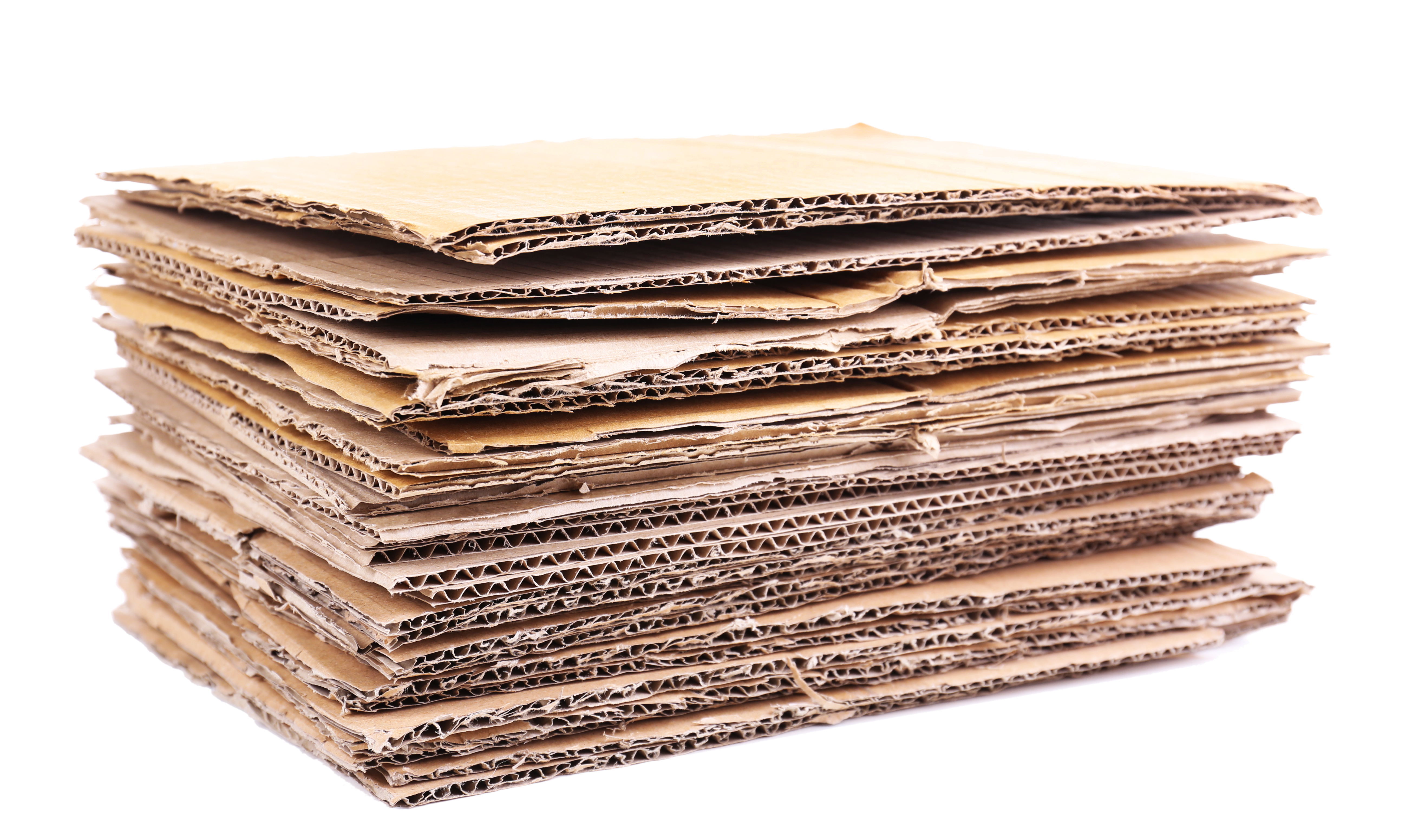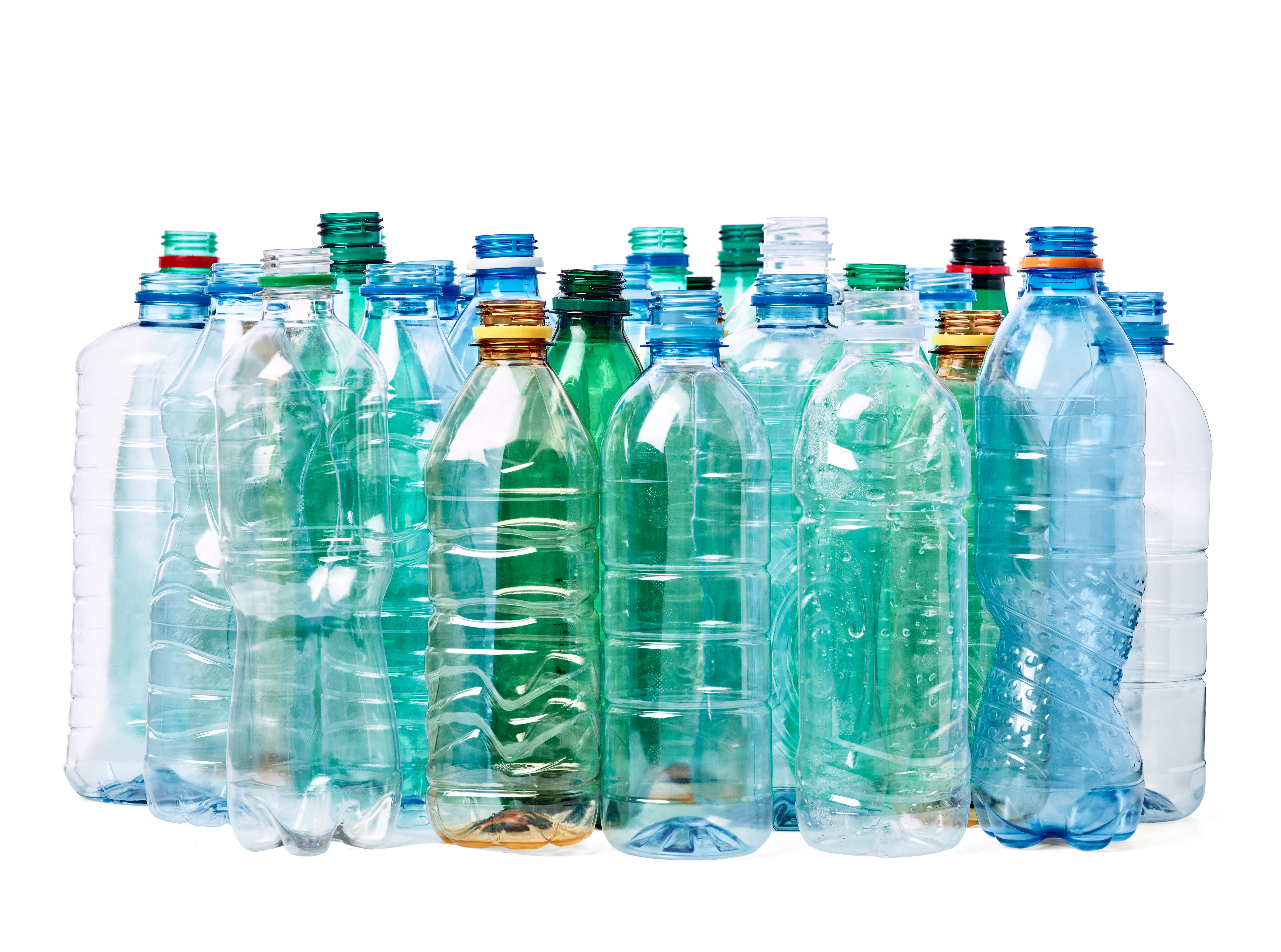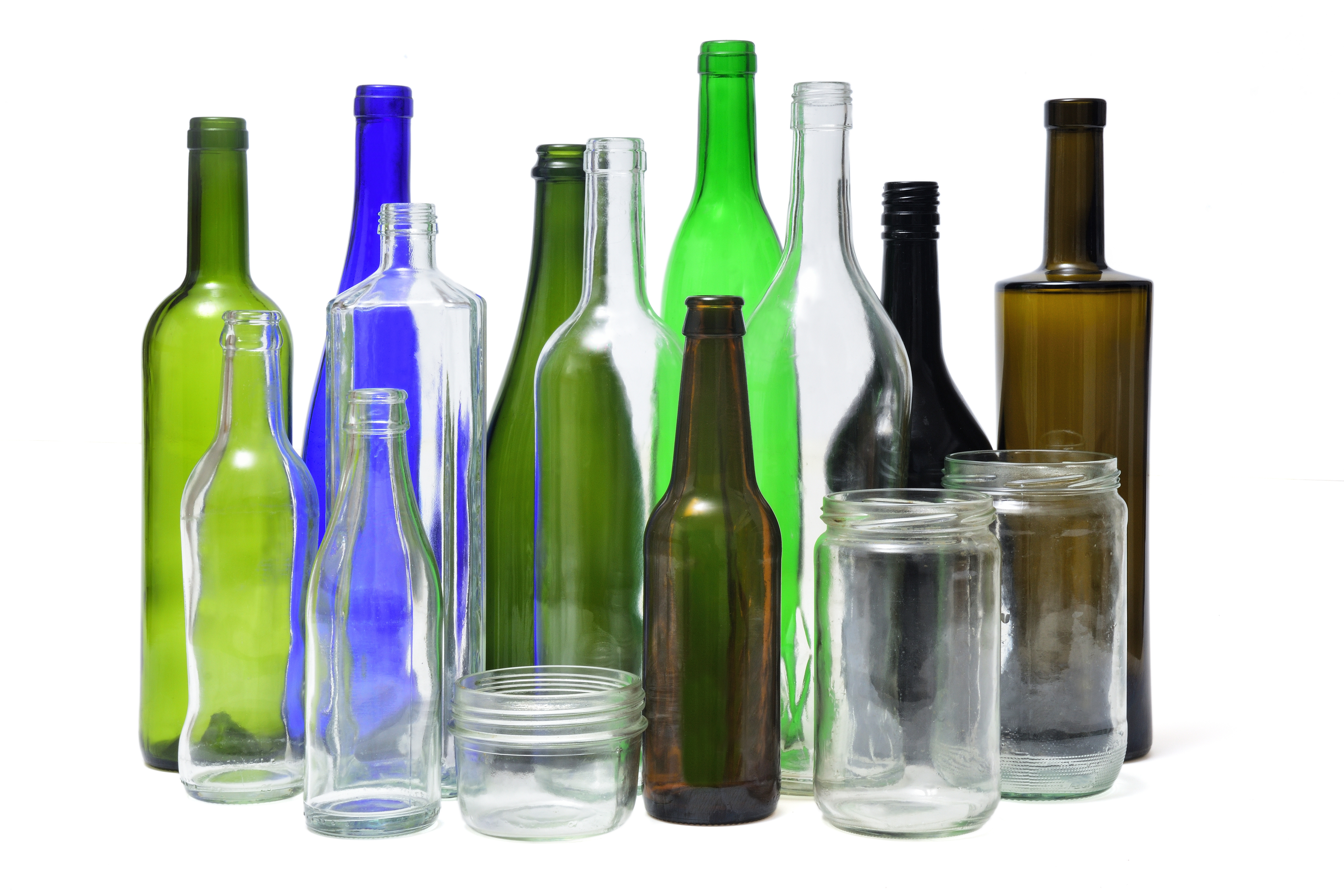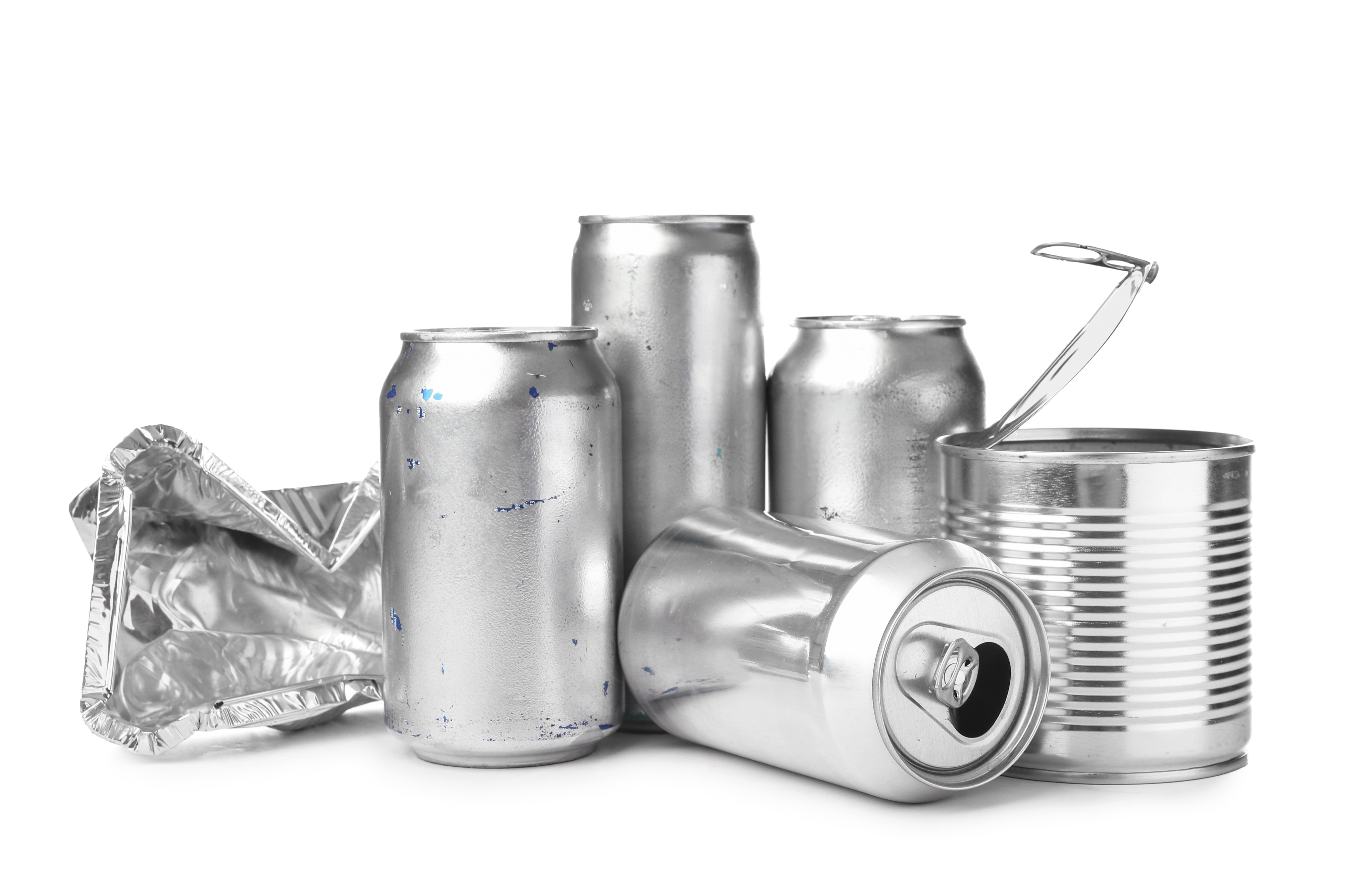Cleanaway Laverton Material Recovery Facility (MRF) and Plastic Recovery Facility (PRF)
Featured facility
Commercial customers only
Highlights
.png)
Supporting the circular economy
Processing more than 20,000 tonnes of HDPE and PP plastics a year..png)
Pioneering innovation in Australian recycling
Leading the industry as Australia’s first MRF licensed to export single polymer plastic..png)
Co-located for streamlined plastic recovery
Houses both a high-throughput commingled MRF and advanced PRF.
.png)
Next-generation technology
Providing a safer, faster process for improved purity and reduced contamination.
About Cleanaway Laverton MRF and PRF
Cleanaway’s Laverton MRF and Plastics Recovery Facility (PRF) is a cornerstone of Victoria’s recycling infrastructure – a co-located site designed to maximise material recovery and support Australia’s transition to a circular economy. Located in Melbourne’s west, the facility processes household and commercial commingled
recycling, including paper, cardboard, plastics, glass, and metals, using advanced sorting technology.
With the adjoining PRF, Laverton plays a vital role in producing high-quality recycled plastics for reuse in new packaging, including food-grade applications through our Circular Plastics Australia joint venture. This integrated site supports Victoria’s Container Deposit Scheme (CDS Vic) and underpins Cleanaway’s commitment to delivering reliable, sustainable, end-to-end resource recovery services.
What we process
These materials are processed and sorted into dedicated streams before continuing their journey to be turned into something new.
Our state-of-the-art technology aims to improve material purity, reduce contamination, and provide a faster and safer process for managing commingled recycling - supporting councils, residents and businesses to achieve their sustainability goals.
How it works

The state-of-the-art MRF and PRF facilities combines manual quality control with advanced technology to maximise recovery and facilitate creation of high-quality recyclables.
- Manual sorting is used to identify and remove items that can’t be recycled to reduce contamination and protect machinery.
- Automated equipment, including conveyors and optical sorters, processes mixed recycling at a faster rate and improves material purity.
- Eddy current separators divide non-ferrous materials from other recycling, to increase recovery rates for valuable metals and reduce contamination.
- The cutting-edge systems at the PRF separate plastic material into five individual polymer grades - PET, HDPE, PVC, LDPE and PP - where they are baled for sale or input into a pelletising facility.
All eligible Container Deposit Scheme (CDS) materials (except glass) go through the PRF. It is estimated that about 50% of all eligible containers consumed in Victoria are processed at this facility.
Plastics types HDPE (2) and PP (5) go next door to the Laverton Circular Plastics Australia (CPA) facility. These include milk bottles, yogurt containers and other hard plastics. It can process half a billion containers per annum.
Plastic PET (1) which includes soft drink bottles, goes to CPA’s facility in Altona.
Benefits for councils and businesses
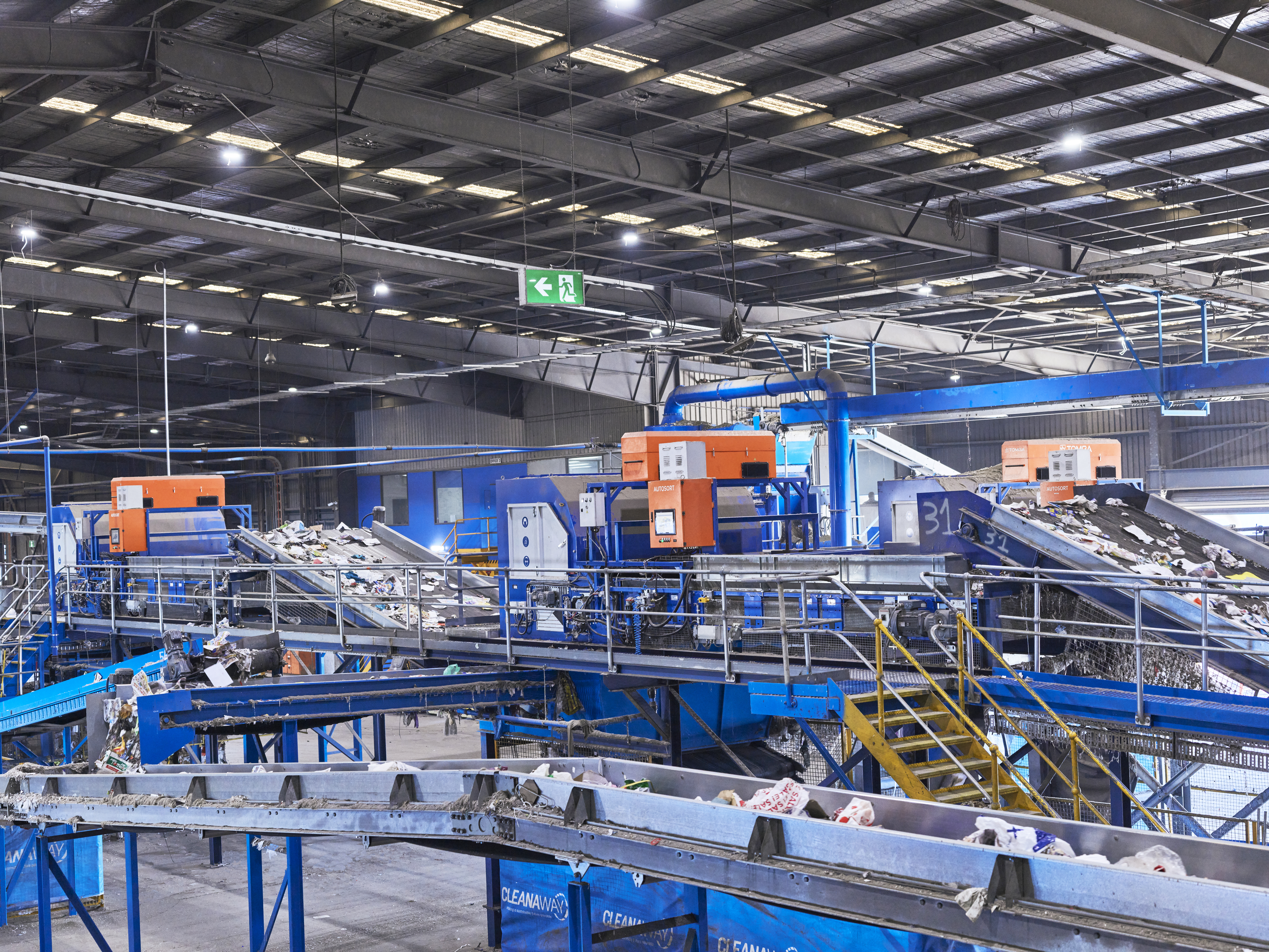

-
Advanced sorting and processing capabilities help to reduce contamination.
-
The facility enables food and beverage manufacturers to include locally processed recycled content in their packaging, supporting the sustainability goals of local businesses and providing a major benefit to the environment.
-
Cleanaway’s education team assists councils, residents and businesses to improve recycling rates through a range of bespoke educational material, including through flyers, videos and social media.
Beyond the facility
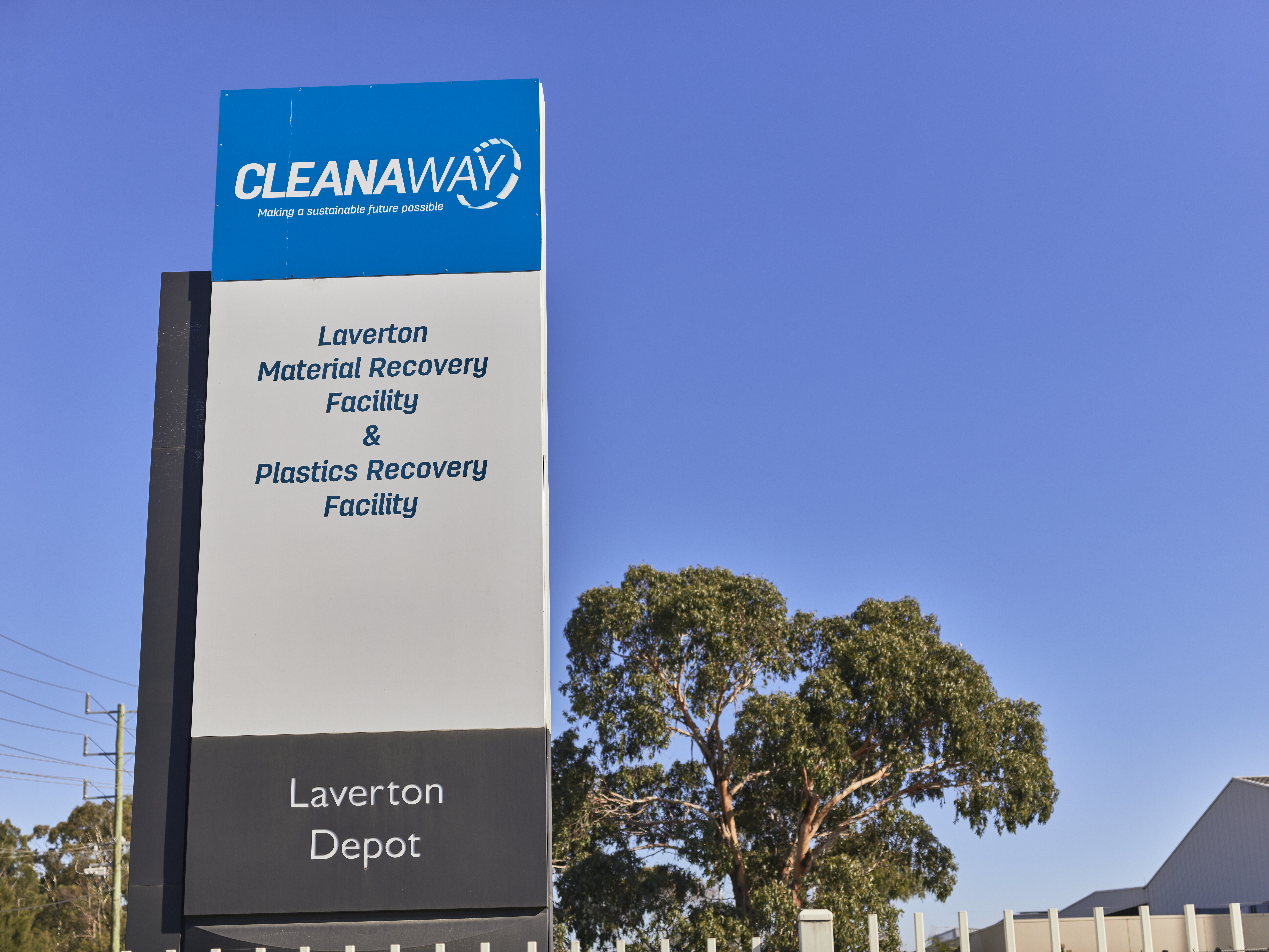
Fully integrated MRF and PRF system
Combining a Material Recovery Facility (MRF) and Plastic Recovery Facility (PRF) in one location allows for streamlined sorting that reduces handling, improves efficiency, and enables faster transferring of plastics for pelletising.

Leading the way in advanced plastic sorting
The advanced PRF uses next-generation technology to sort plastic into individual polymer grades. This retains the value of the commodity, creates pure materials that lead to better-quality final products, and saves time and resources for recyclers who purchase the commodities.
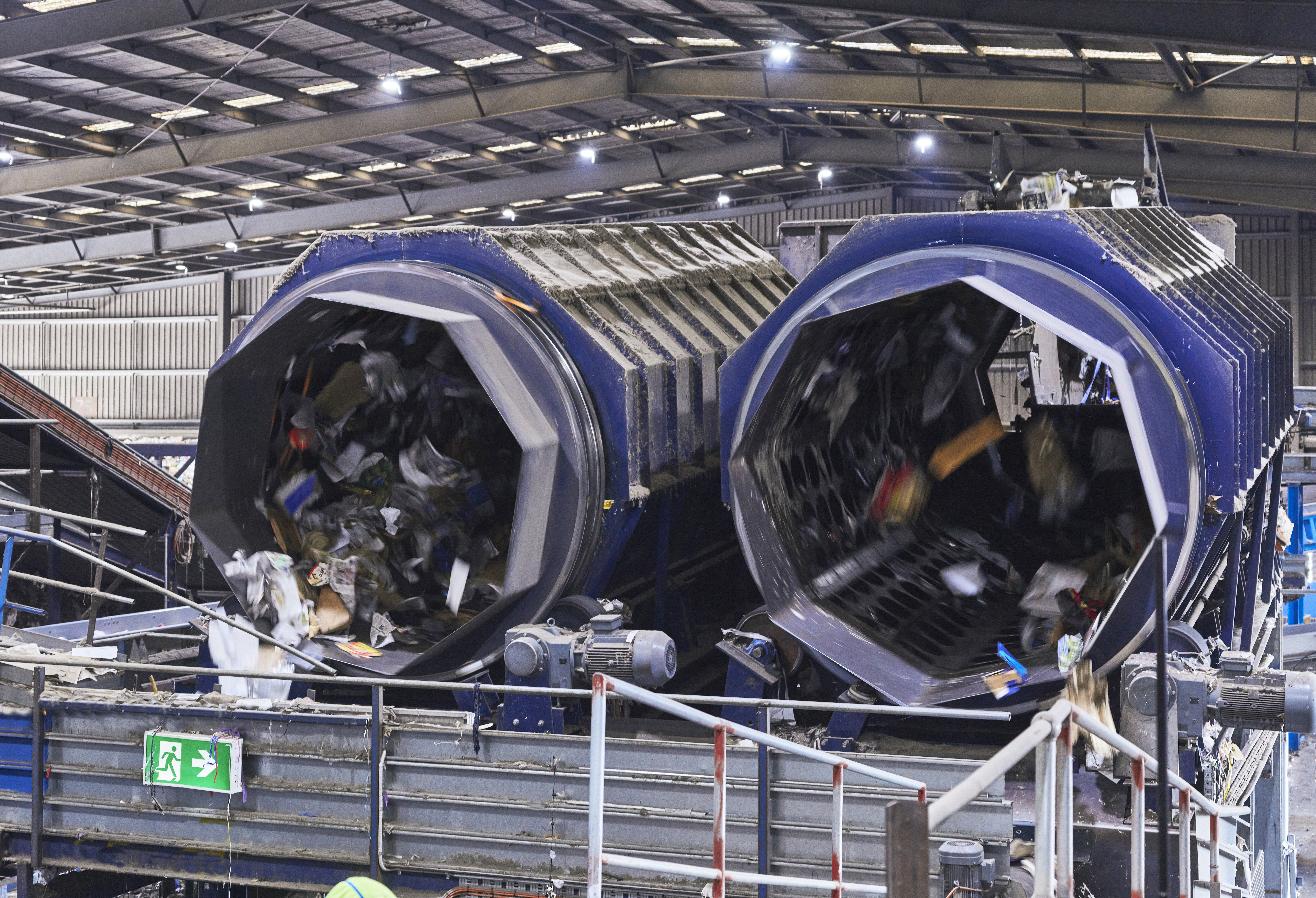
Supports the circular economy in Victoria
The PRF supports Victoria in achieving its resource recovery targets by accepting material from Victoria’s Container Deposit Scheme. This also means more containers can be recycled locally, reducing the need for unnecessary transportation
